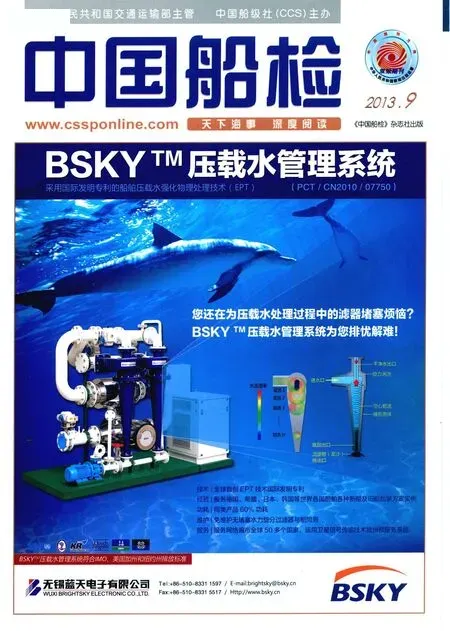LNG Bunkering Station Construction in Full Swing
2013-01-11ReporterXingDan
Reporter Xing Dan
In recent years, Chinese government’s policy support to the LNG-powered ship has been constantly increasing.The “Guidance on speeding up LNG fuel application in the shipping industry” has been issued with an intent to reserve a portion of fund for ship modification from the 1.5 billion Yuan special fund for energy-saving and emission reduction, so that 200m Yuan subsidies could be made available by the means of “award instead of subsidy”.Meanwhile, the guidance determines that the highest price of LNG should not exceed 75% of the fuel oil price.At present, Chinese inland-river transport mainly concentrate in three major river systems, i.e.the Yangtze River, the Pearl River, and the Beijing-Hangzhou Grand Canal.With cargo ship number,freight volume and freight turnover ranking top three in China, the three rivers are the focus of high-grade domestic river channel construction in China, and the ships navigating in them are suitable for “switching from oil to gas” modification.Under the dual drivers of policy and market, energy companies have taken the lead in breaking the “silence” to take frequent actions.It is understood that PetroChina takes up 70% of the current LNG supply market, while Sinopec and CNOOC together take up 30%.We can say that the“three oil majors” of China are the mainstay in the construction of inland river LNG bunkering station.CNPC has established a steering group for new marine energy (LNG)promotion and application,and planned to invest 20b Yuan to fully promote the application of LNG fuel in the Yangtze River.As one of the largest LNG suppliers in the Yangtze River Basin, Sinopec plans to take advantage of its overall arrangement of fuel bunkering stations along Yangtze River to launch the design and modification work in the area, and expands its marine LNG market.As a late-comer in terms of inland river fuel supply, CNOOC has also taken an active part in the industrial layout of establishing LNG bunkering stations along Yangtze River.It is expected that during 2013, China will complete about 10 waterborne LNG bunkering stations, and 3,000 marine LNG bunkering points will be planned along the Yangtze River in the future.
Although the domestic energy companies are keen on speeding up LNG bunkering station layout, they still have their own concerns about whether they could recover their cost.Some industry insiders have made a research on the ship’s “switching from oil to gas” , which shows that 70% of shipowners will make the switch at the premise of national policy subsidies, 16% of shipowners will not do that regardless whether there will be policy subsidies or not, and only 14% of shipowners will do under any circumstances.Obviously, the quantity of inland river ships “switching from oil to gas” directly determines whether there will be sufficient market demand for the LNG bunkering stations.Once the move of the ship’s “switching from oil to gas” meets resistance, the enterprises which have invested into construction of LNG bunkering stations would face great pressure.In addition, the price of LNG also concerns shipowners.According to the pricing from the National Development and Reform Commission(NDRC), the price ceiling of LNG must not exceed 75% of the oil price, which is not a price decided according to the relation between supply and demand, so its profit margin is limited.LNG pricing in the future should learn from EU experience;after all, their pure market pattern have been quite successful.
Apart from the market restriction, the LNG bunkering station construction is still facing many other constraints.At present, the land for establishing the shore-based LNG bunkering station is the key problem, because the LNG bunkering station must be constructed on the shoreline to be convenient for ship berthing.The land is state-owned and unable to meet the precondition of “prequalification assessment for land” used in constructing the stations——buy the shoreline site through commercial mode.Moreover,there are no specific rules for approving LNG bunkering stations.At present, China has not set any restrictions on the subject investing inland river LNG bunkering station, and many aspects are lack of consideration such as: How many bunkering stations does the market need? Which sites are more suitable for construction? What is the form of construction?
